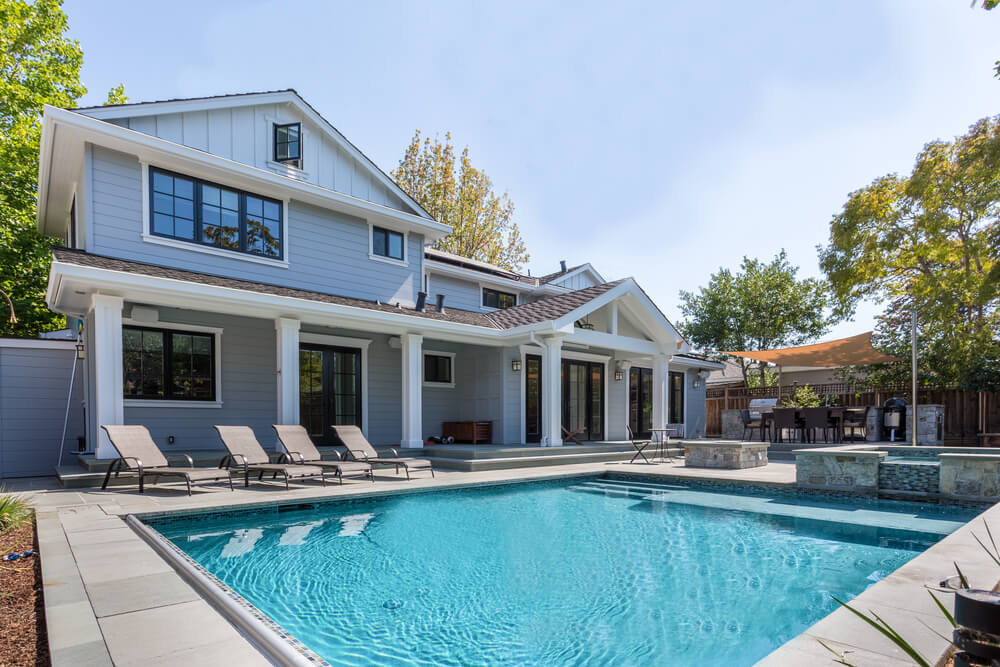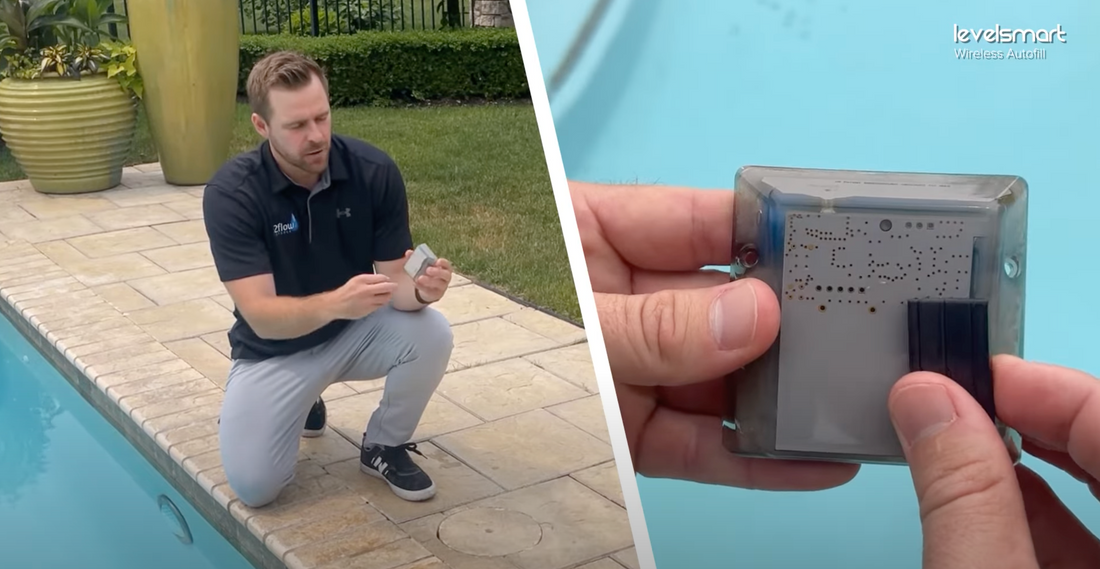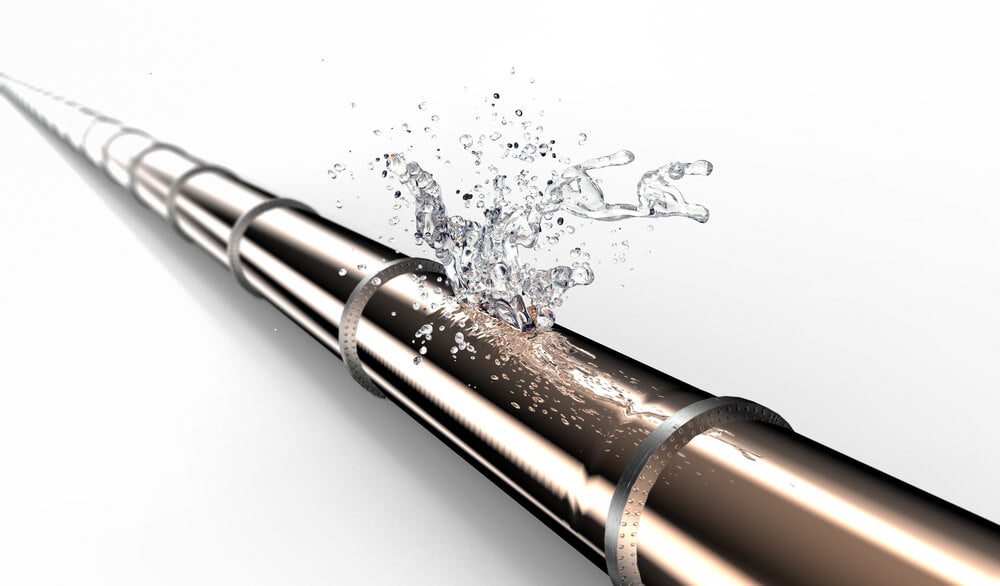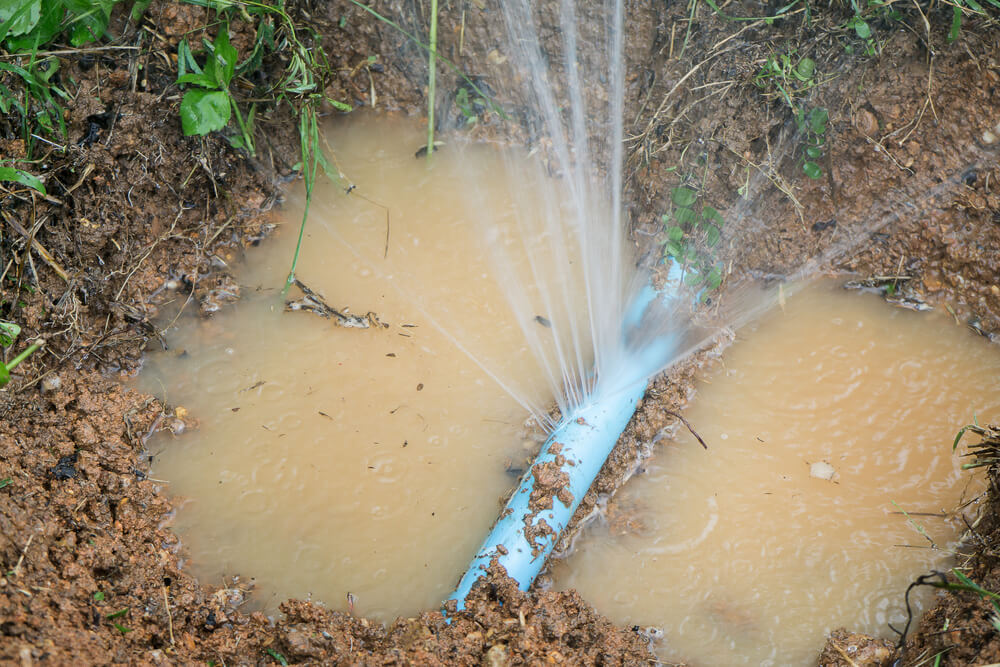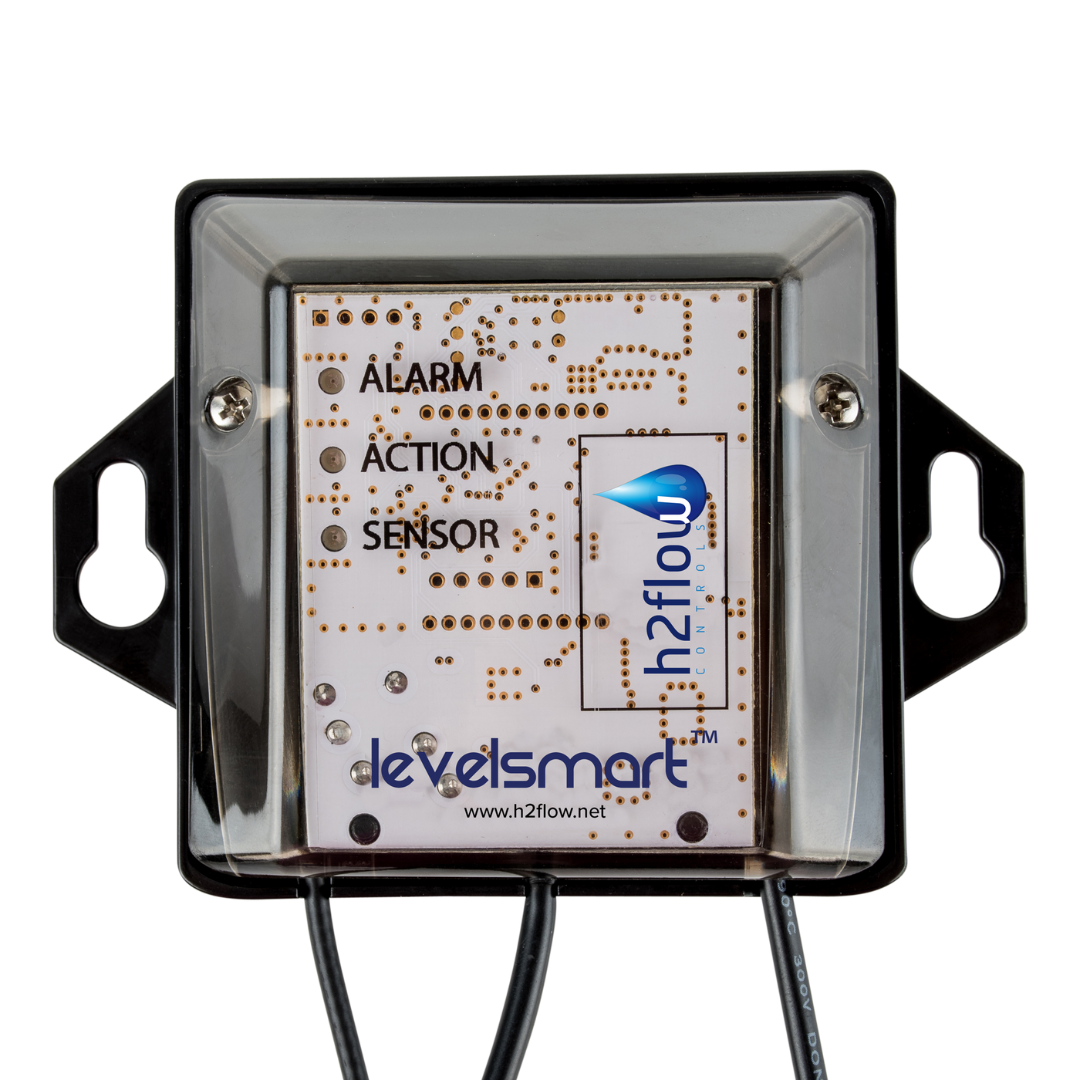
A pool flow meter is essential in maintaining the efficient operation of your swimming pool system. It measures the rate of flow of water through the plumbing system. This way, if there's an issue with a pool's flow, the problem can quickly be identified and fixed.
Many pool owners experience low water flow, which can be caused by clogged filters, damaged pumps, air leaks and closed valves. These issues lead to poor circulation of the liquid in the pool, reduced filtration efficiency and overall poor pool performance.
In this blog post, we'll offer practical solutions to troubleshoot common causes of low flow.
Common Causes of Low Flow in Your Pool
Low flow in your pool is typically caused by problems with its plumbing system, pump, or filter. Here are some of the most common causes and potential solutions:
Clogged FiltersYour pool filters are responsible for trapping dirt, debris, and other particles that can clog the flow of your water. Clogged filters can effect pool volume and can be identified by cloudy or slow circulation. Depending on which type of filter you have, these must be cleaned or replaced regularly in order to resolve this problem.
Damaged PumpYour pool pump is responsible for pumping water through the plumbing system. If it becomes damaged or malfunctions, it can lead to low flow and poor water circulation. Signs that your pump may have been compromised include unusual noises, low pressure, and reduced flow rate.
Air LeaksAir leaks can occur when air is introduced into a pool's plumbing system, leading to low flow and poor water circulation. Signs of an air leak include bubbles in the pool, low water pressure, and reduced flow rate.
Closed ValvesClosing valves in your pool's plumbing system can restrict water flow, leading to reduced flow and poor circulation. To resolve the issue, inspect all valves within your swimming pool's plumbing system. Ensure they are open and functioning correctly.
Pinpointing the cause of low flow in your pool is essential for correcting the issue and keeping your pool running optimally. By troubleshooting common causes of low flow, you can identify its root cause and take the necessary steps to address it.

Troubleshooting Low Flow in Your Pool
If you're experiencing low flow in your pool, it's essential to identify and fix the cause. Here are some steps you can take to identify and solve this issue:
Checking the Pool Flow MeterA pool flow meter measures the rate of water passing through its plumbing system. If it appears low, it could indicate an issue with circulation in the pool. You can inspect this meter to determine its flow rate and compare it with the manufacturer's recommended value.
Skimmer and Pump Basket Inspection and CleaningSkimmer and pump baskets collect debris before it reaches the pool filter, so it's essential to check them periodically for clogs. Clogged baskets can reduce water flow so make sure to clear them out regularly in order to avoid this issue.
Verifying the Pool CleanerPool cleaners can cause low flow if they become clogged or damaged. Make sure your pool cleaner is clean and in excellent working order before beginning repairs.
Checking the Pump ImpellerThe pump impeller is responsible for moving water through your pool's plumbing system. A clogged or damaged impeller can lead to low flow rates. To inspect it, take out the housing and inspect it for debris or damage.
Following these troubleshooting steps can help you identify the source of low flow in your pool and take appropriate measures to resolve it quickly. Doing so will protect your pool's plumbing system from further damage, ensuring optimal operation throughout its lifespan.

Steps to Maintain Proper Flow in Your Pool
Maintaining proper circulation in your pool is essential for keeping it clean, healthy, and running optimally. Here are some steps you can take to guarantee proper flow:
Regularly Clean and Replace FiltersIt is essential to regularly clean or replace your pool's filters in order to prevent clogs and guarantee optimal water flow.
Skimmer and pump baskets should also be regularly inspected and cleaned to prevent clogs and ensure optimal water flow. Inspect and clean them periodically to avoid this problem occurring in the future.
Regularly Inspect and Maintain Your Pool's PumpCheck for damage or wear-and-tear on your pump, then replace any damaged parts as necessary.
Maintain Proper Water ChemistryProper water chemistry is critical to prevent scale buildup in your pool's plumbing system, which can restrict flow. Monitor pH and alkalinity levels regularly to avoid these issues.
By following these maintenance procedures, you can guarantee proper flow in your pool. You can also prevent clogs and extend the lifespan of your plumbing system. Regular upkeep also reduces the chance of costly repairs and keeps your pool functioning efficiently - providing clean and healthy water to swim in or relax in.
Final Thoughts
It is evident that proper flow is essential to keeping your pool clean, healthy, and running optimally. By diagnosing low-flow issues and performing regular maintenance on your pool's plumbing system, you can prevent clogs, extend its lifespan, and avoid costly repairs.
But proper flow is only one part of maintaining a pool. Other aspects, such as algae buildup, must also be taken into consideration. Regular maintenance, proper water chemistry, and adherence to safety guidelines are essential for creating a secure and enjoyable swimming experience.
If you want to learn more about pool maintenance and safety, speak with a professional or continue exploring our blog for helpful tips and advice.


